10 Countries Without Universal Healthcare

- The United States is still the only country in the developed world without a system of universal healthcare.
- Canada is the only developed country with a system of universal healthcare that does not cover necessary medications.
- Although China does not yet have a universal healthcare system, 95% of its population is now covered by some form of public health insurance scheme.
Everyone gets sick at some point. Chances are, you’ve probably had to see a doctor or even go to the hospital for some sort of ailment. It could be something as minor as a cold, or as serious as cancer. Have you had to pay for your treatment somehow? Do you have to pay out-of-pocket, or have an insurance plan you pay for that covers medical expenses? Or, do you have some sort of government-sponsored universal healthcare plan that pays your medical bills so that you don’t have to? Most countries in the developed world have some form of universal healthcare system. Even some developing countries have it. But there are many countries that do not. Here are ten notable countries that are still without universal health care.
10. South Africa
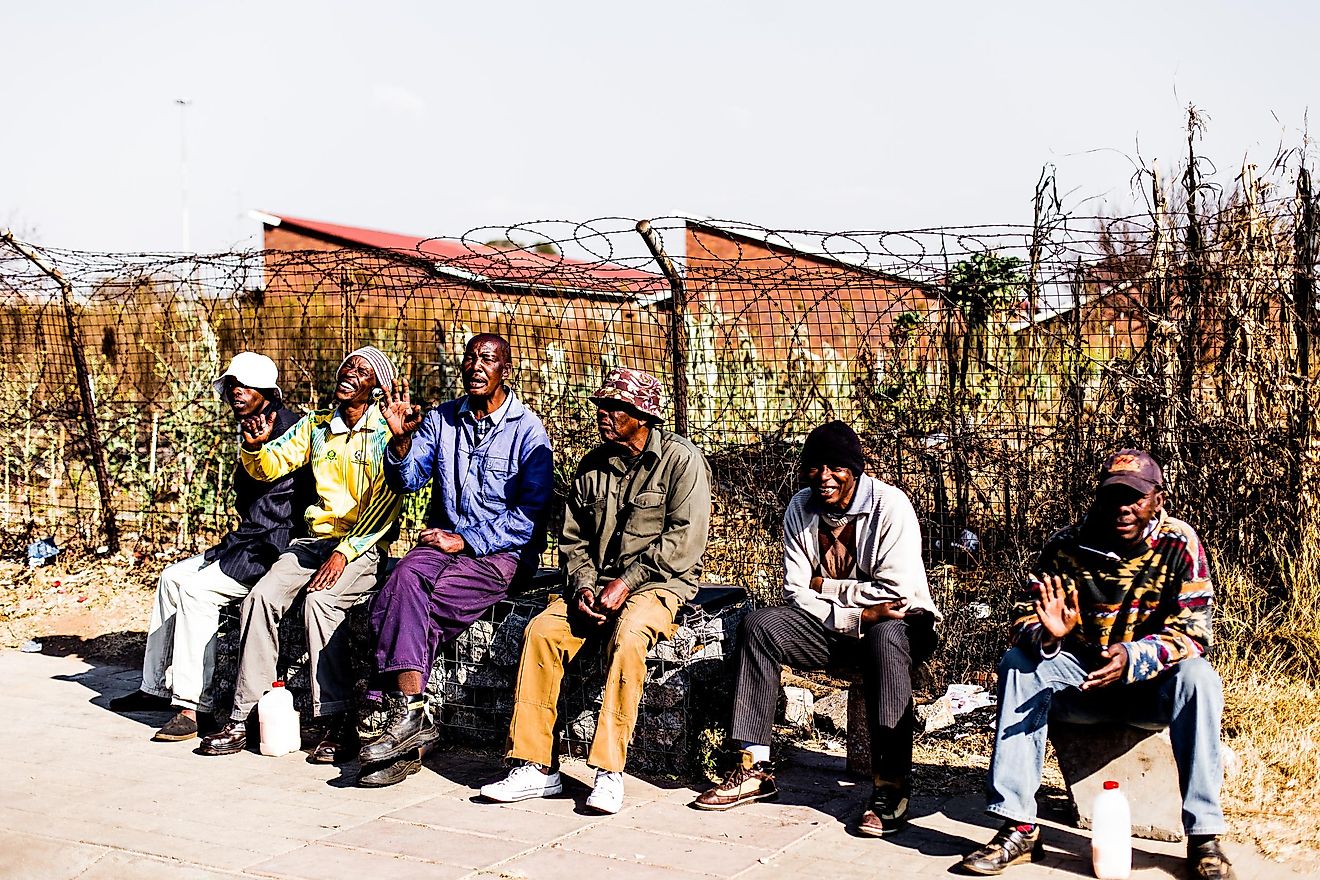
Post-Apartheid South Africa actually has access to healthcare listed as a fundamental right in the country’s constitution. In practice, however, public services are severely under-resourced and understaffed, and since most of the country’s population is relatively poor, they cannot afford the services that the private sector offers and which are based on one’s ability to pay. South Africa is, however, working towards a universal healthcare model.
9. Iran
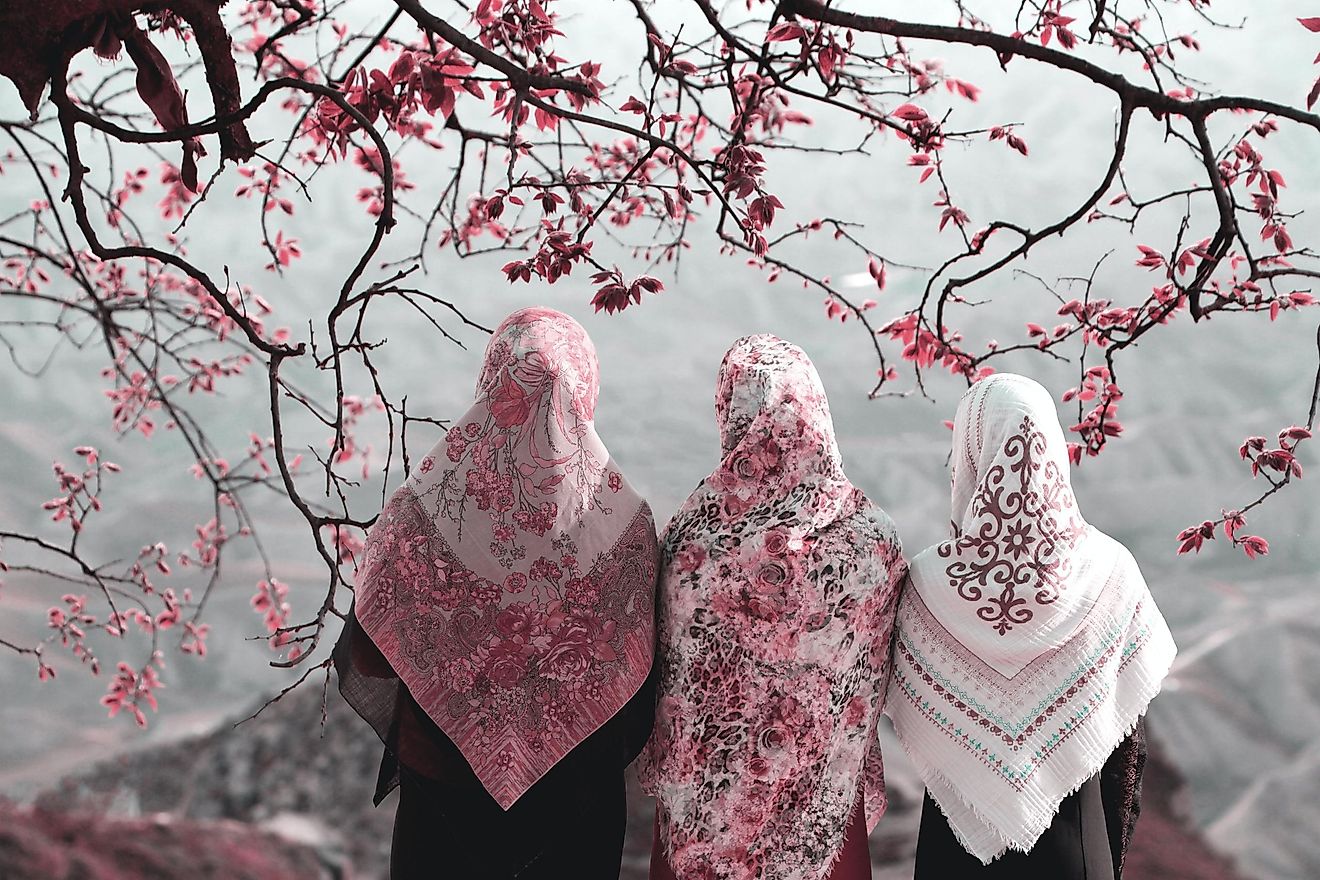
Iran has a population of over 83 million. Despite the tough economic sanctions imposed on it, the Islamic Republic has actually been able to develop a pretty modern system compared to other developing countries. Most Iranians now receive healthcare services through the public sector, though there is still a sizeable private healthcare sector. The country does have insurance schemes that Iranians can buy for healthcare costs, but even with this insurance, not all costs are covered.
8. Egypt
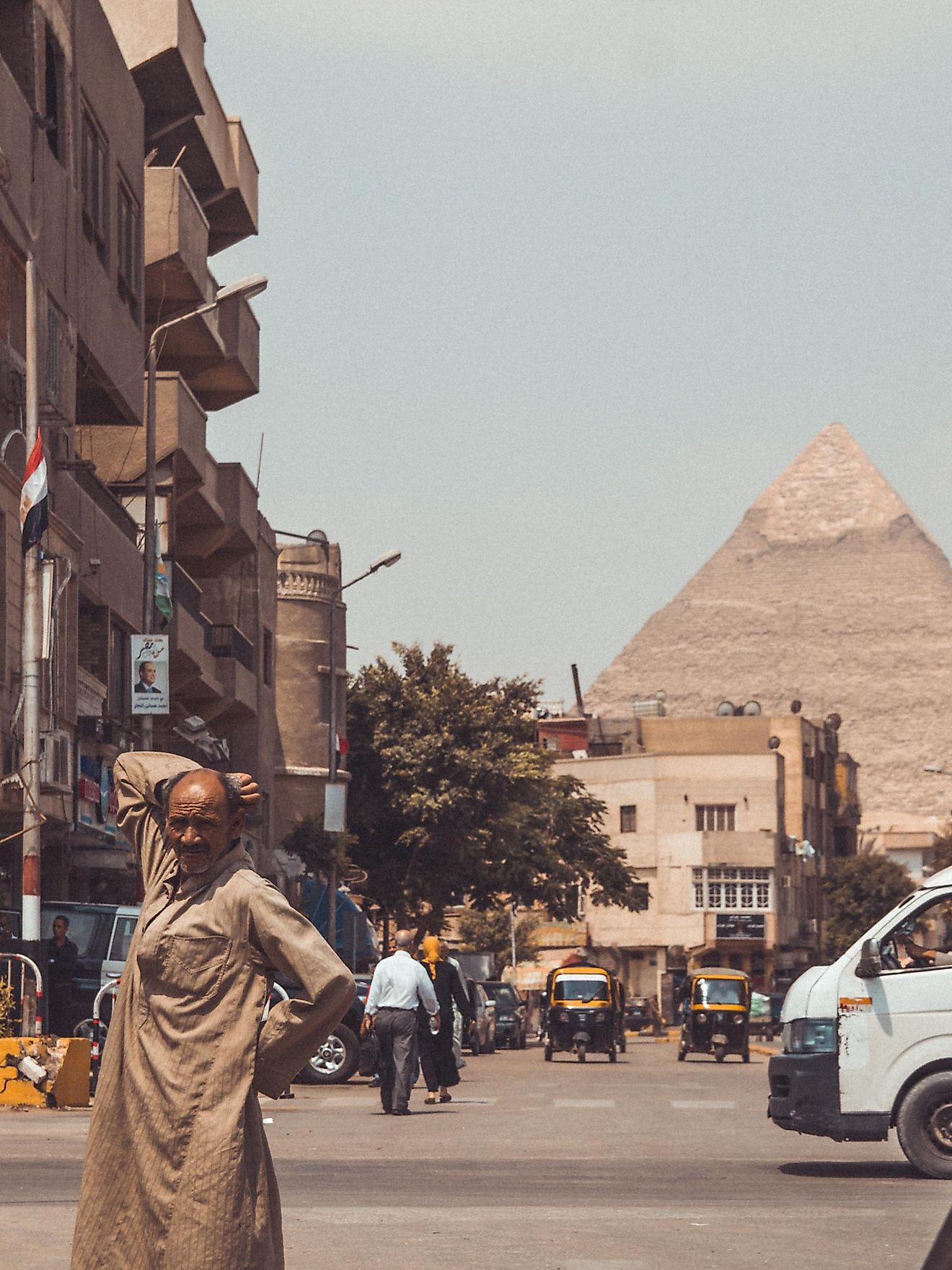
About a hundred million people call Egypt home, which means that there is inevitably a demand for healthcare services. The country’s government is working towards having a national health insurance scheme in place by 2025. But for now, Egyptian healthcare is mostly private sector driven, with out-of-pocket expenditures accounting for 90% of private-sector healthcare spending. At the same time, about one-third of Egyptians live in poverty, so they are ill-equipped to pay for private care.
7. Nigeria
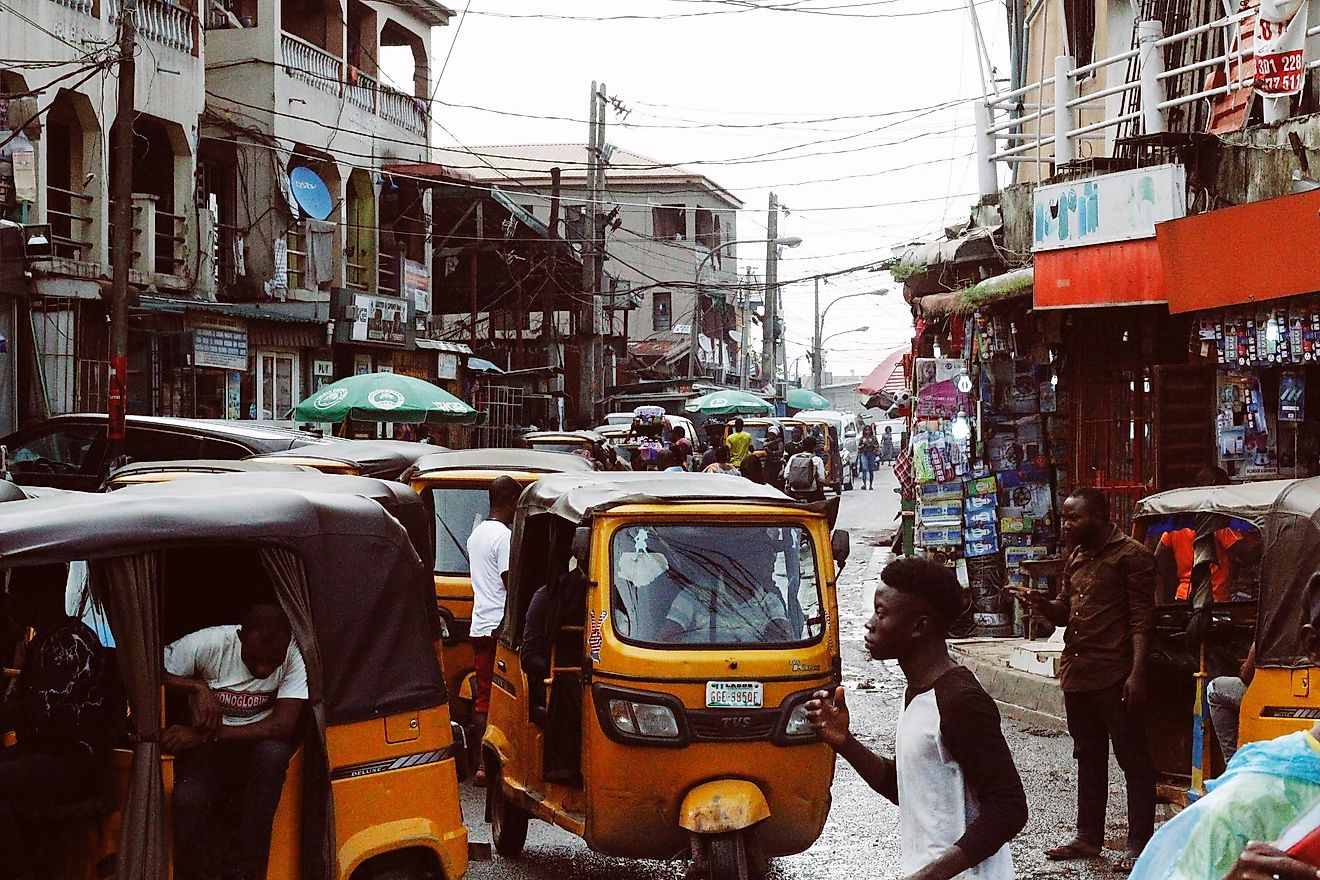
Nigeria is the most populous country in Africa, with more than two hundred million people. Most healthcare in the country is paid for out-of-pocket as there is no national health plan to cover costs. The closest thing to universal healthcare Nigeria has is its National Health Insurance Scheme, but less than 10% of the country’s population is covered by it, whereas 70% of Nigeria's populace is considered poor and has little access to affordable, quality healthcare.
6. Pakistan
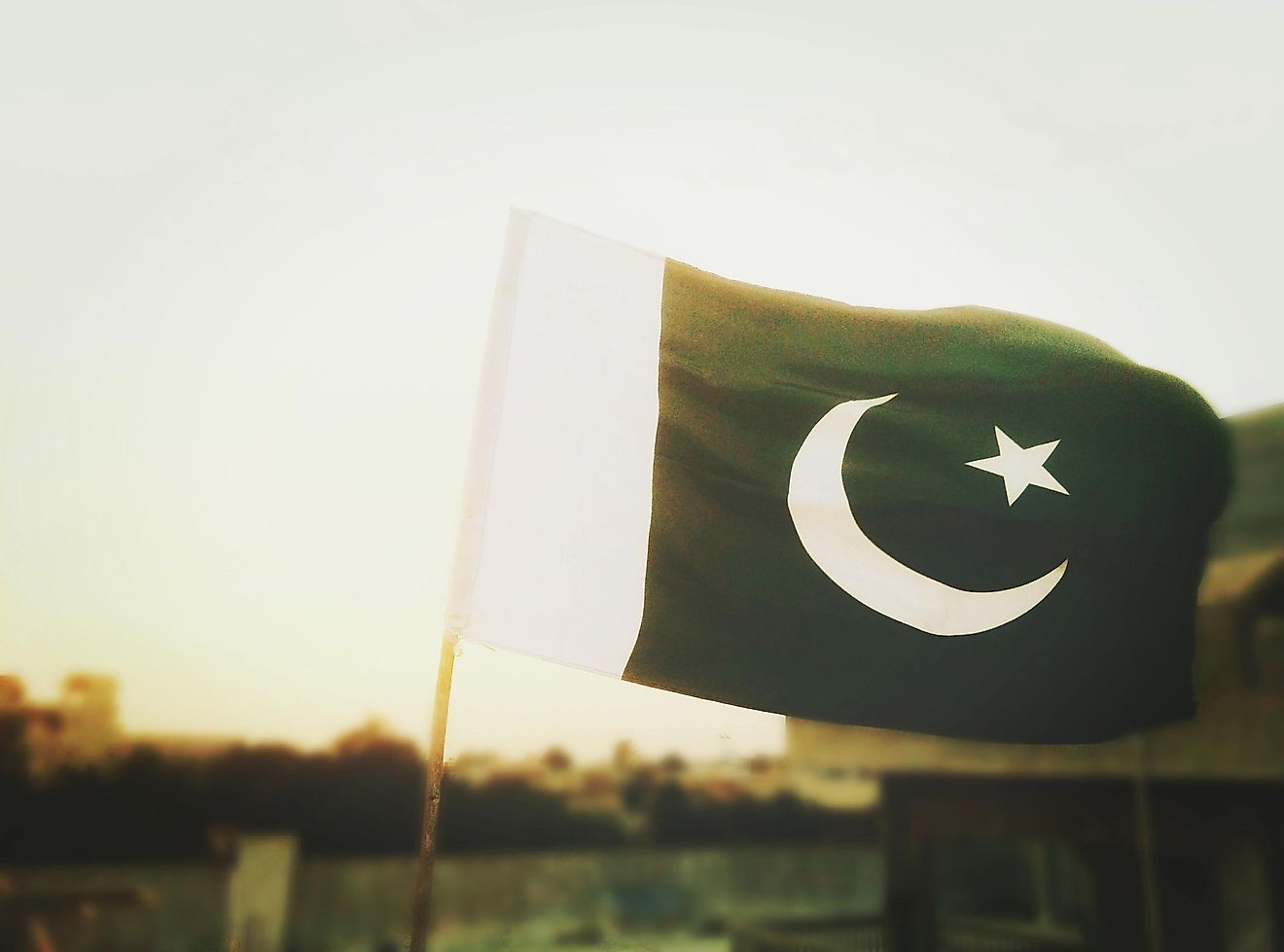
Pakistan is home to more than 220 million people, which makes it the fifth most populous country in the world. The country actually has a pretty extensive healthcare infrastructure, but like most developing countries, Pakistan’s public health system lacks sufficient resources and personnel to deliver quality healthcare. For this reason, the private healthcare sector has grown significantly. In fact, the public sector only serves 30% of Pakistan’s populace, vs. 70% for the private sector.
5. Afghanistan
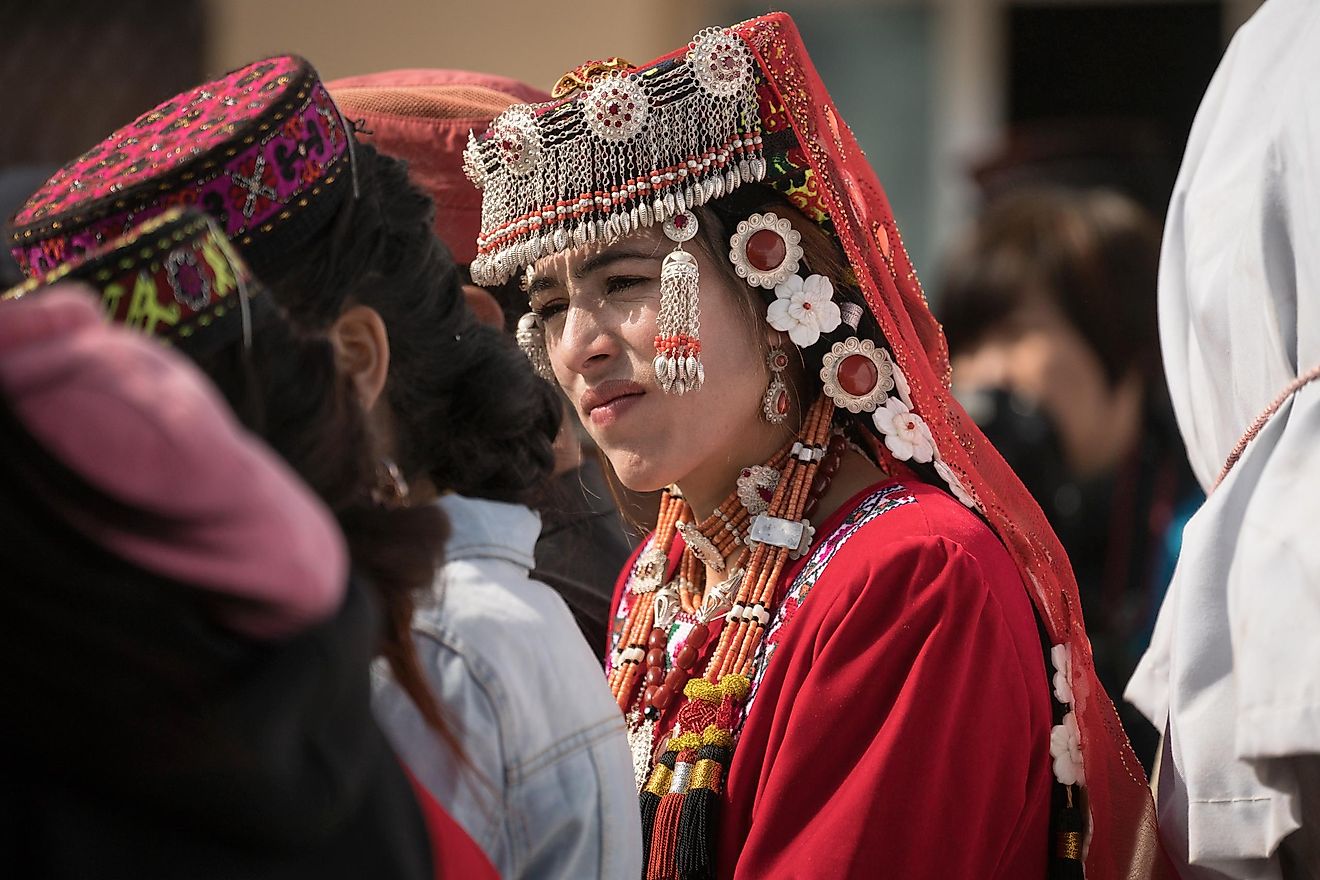
Afghanistan has been in a state of war for decades. In 2001, a coalition of military forces led by the U.S. overthrew the Islamist Taliban regime following the 9/11 terrorist attacks. Since then, there has been steady improvement in the country’s healthcare. Nearly 87% of all Afghans are now within two hours of a healthcare facility. Nevertheless, as in other developing countries, there are just too few facilities, too few resources, and too few medical professionals in a country that is overwhelmingly poor. Universal healthcare is a long way off.
4. Yemen

Yemen is the poorest country in the Middle East, and if that isn’t bad enough, the country is now a warzone. More than half of Yemen’s healthcare facilities have shut down due to the country’s ongoing civil war. In fact, healthcare workers and medical facilities are often purposely targeted by the warring parties. The United Nations has said that Yemen is now the site of the worst humanitarian crisis in the world.
3. Syria
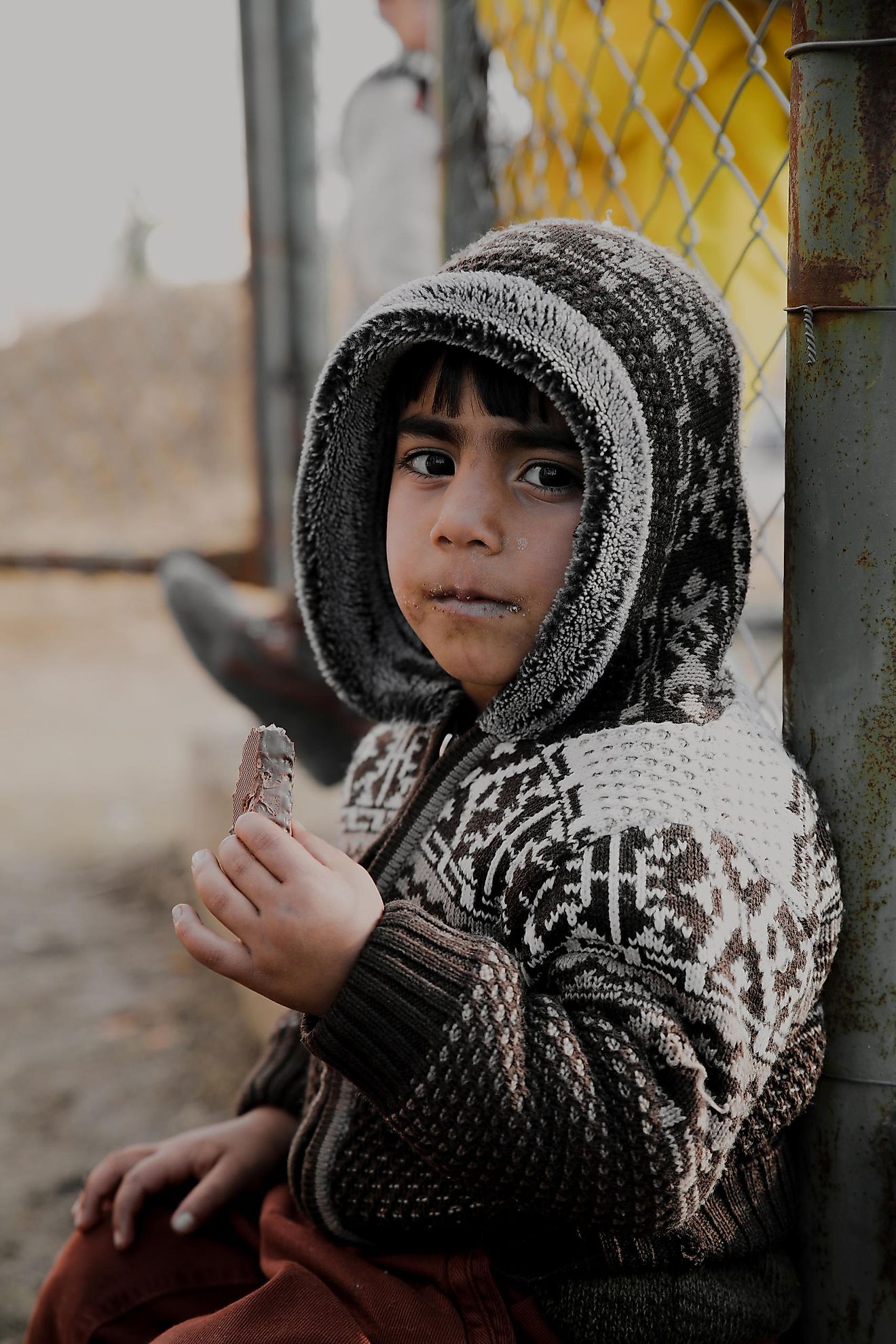
Syria has been in a state of civil war since 2011. Before the war began, the country was actually making significant progress towards improving healthcare. The civil war changed everything. Just like in Yemen, healthcare workers and facilities are purposely targeted by the warring parties. As a result, many healthcare workers have either been killed or have become refugees, and many medical facilities have had to close, especially in areas hardest-hit by the conflict.
2. China

The world’s most populous country is coming close to a universal healthcare model but isn’t quite there yet. Publically-funded insurance plans already cover more than 95% of the country’s population. However, certain expenses, such as inpatient and outpatient care, which includes prescription drugs, are subject to deductibles, copayments, and reimbursement ceilings. In addition, there are some Chinese who cannot afford the premiums charged for publically-funded health insurance.
1. United States

The United States remains the only country in the developed world without a system of universal healthcare. According to the 2018 U.S. Census, 8.5% of Americans, or 27.5 million people, do not have health insurance. More likely to be uninsured are the poor and people of color. The Affordable Healthcare Act, passed in 2010 by the Obama Administration, significantly cut the number of uninsured, which once stood at 46.5 million. Nevertheless, millions of Americans still struggle to pay medical bills and face the choice of either financial ruin or going without the healthcare they need.











